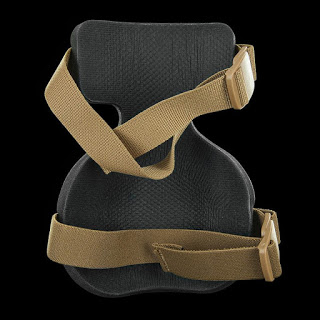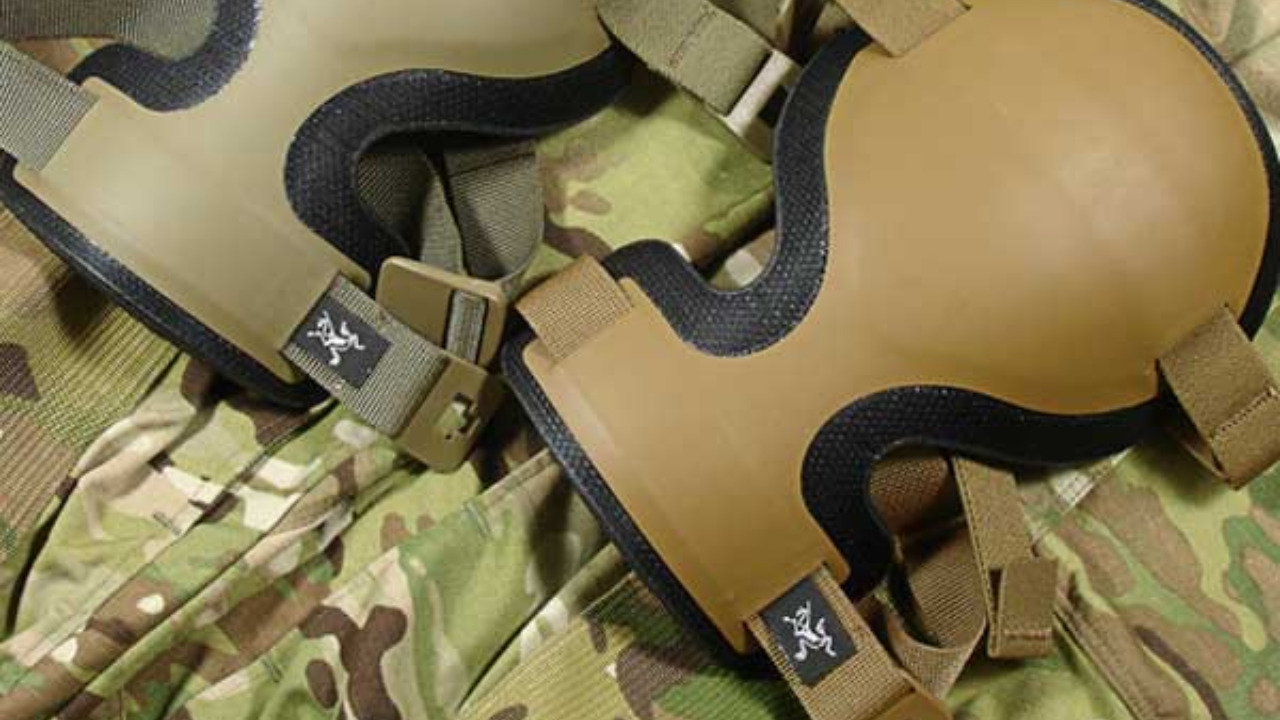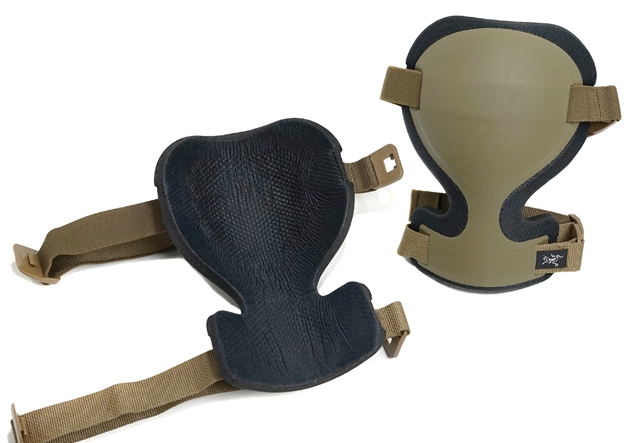Kneepads are a contentious issue among soldiers. Some couldn’t live without them, others utterly despise them. For years, the British Army didn’t issue any – they’re now a part of the Virtus system, and Blackhawk kneepads (in US Foliage Green, strangely) were purchased as a Urgent Operational Requirement (UOR) for Herrick.
A previous, rather woefully inadequate Disruptive Pattern Material (DPM) version with no hard pad also existed. Part of the reason for the rise of the kneepad is the contemporary operating environment becoming increasingly focused on Fighting in Built Up Areas (FIBUA) – taking a knee in the soft, squidgy grasses of Brecon is a fairly pleasant proposition, doing so on the gravel-strewn concrete of Copehill Down is another matter.
In real-life terms, when you start factoring in barbed wire, broken glass, and even such nasties as expended heroin needles, the importance of protecting your vulnerable joints increases substantially. The weight we carry has also increased significantly. Although the jury is out on whether kneepads alleviate Musculoskeletal (MSKs), giving your knees a fighting chance and at least alleviating the pressure running through them with a bit of padding can’t be a bad thing.
So, with that in mind, what’s so bad about kneepads? A few common problems tend to plague most kneepads on the market today, and for some, they’re complete deal breakers. To alleviate these, most wear only one kneepad, on their right knee where most of the strain will go through. All of us who use kneepads regularly will probably have encountered a few of these in our careers:
- They move about, seemingly of their own accord. You know the feeling: you’ve strapped on your kneepads, you’re good to go, and you’re feeling like an old timey knight in armour. You step off, and within a couple hundred metres you’ve taken a knee two or three times and your previously secure kneepad is now somewhere around your ankle.
- The straps dig in. The tighter you try and get your kneepad, the greater the pressure on the rear of your knee, especially when kneeling. Eventually this becomes unsustainable, to the point that some of the cheaper and nastier offerings on the market, which don’t have elasticated straps, can cause sores and all sorts of dramas.
- Your Knee Sweats. The bigger and bulkier the kneepad, the more your knee sweats. As your trouser rides up behind it, it forms creases which can go solid with grime, and start rubbing and causing all kinds of dramas. In hot environments, ingrown hairs, more sores, and other nasties can quickly follow.
- They Don’t Flex. The optimum position for a kneepad isn’t actually on your knee, but immediately beneath. That way, when you take a knee, it sits comfortably over your patella. The reason for this is that most kneepads are protected by a fairly rigid bit of plastic. This has minimal flex and as a consequence, can sit really awkwardly when you take a knee.
So how do you solve these problems? One option would be trousers with in-built kneepads, à la Crye Combat Pants, but that’s not necessarily a solution for all of us, particularly if we’re restricted to issued clothing or don’t want to spend £200 ($225.00) for a pair of trousers.

Material Disclosure
This review was written by Tommaso Lagana and appeared originally on our friend’s site Kit Pest. He is not bound by any written, verbal, or implied contract to give this product a good review. All opinions are his own and are based off his personal experience with the product.
*The views and opinions expressed on this website are solely those of the original authors and contributors. These views and opinions do not necessarily represent those of Spotter Up Magazine, the administrative staff, and/or any/all contributors to this site.





